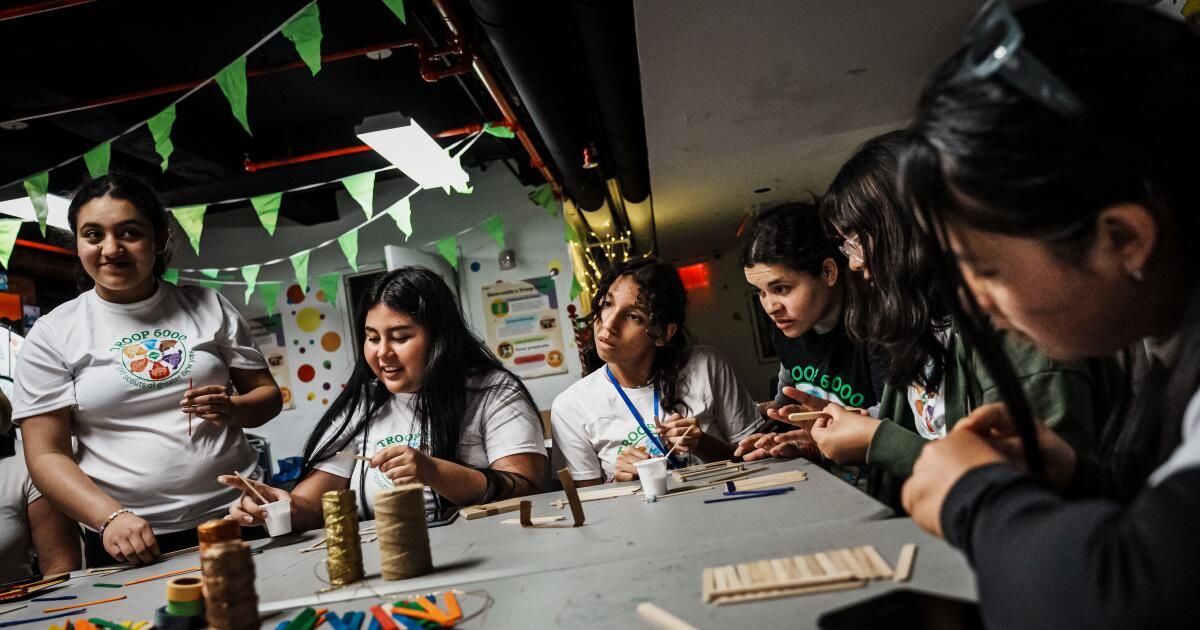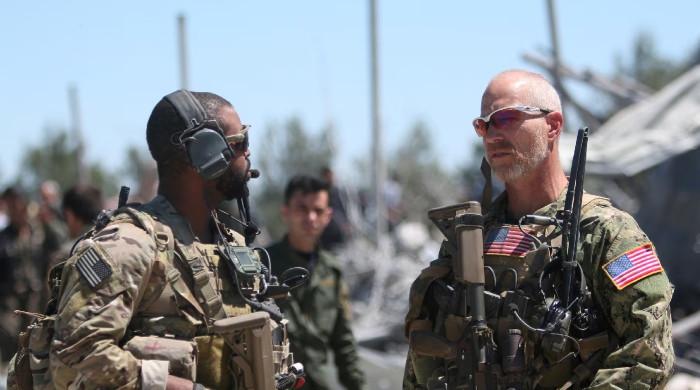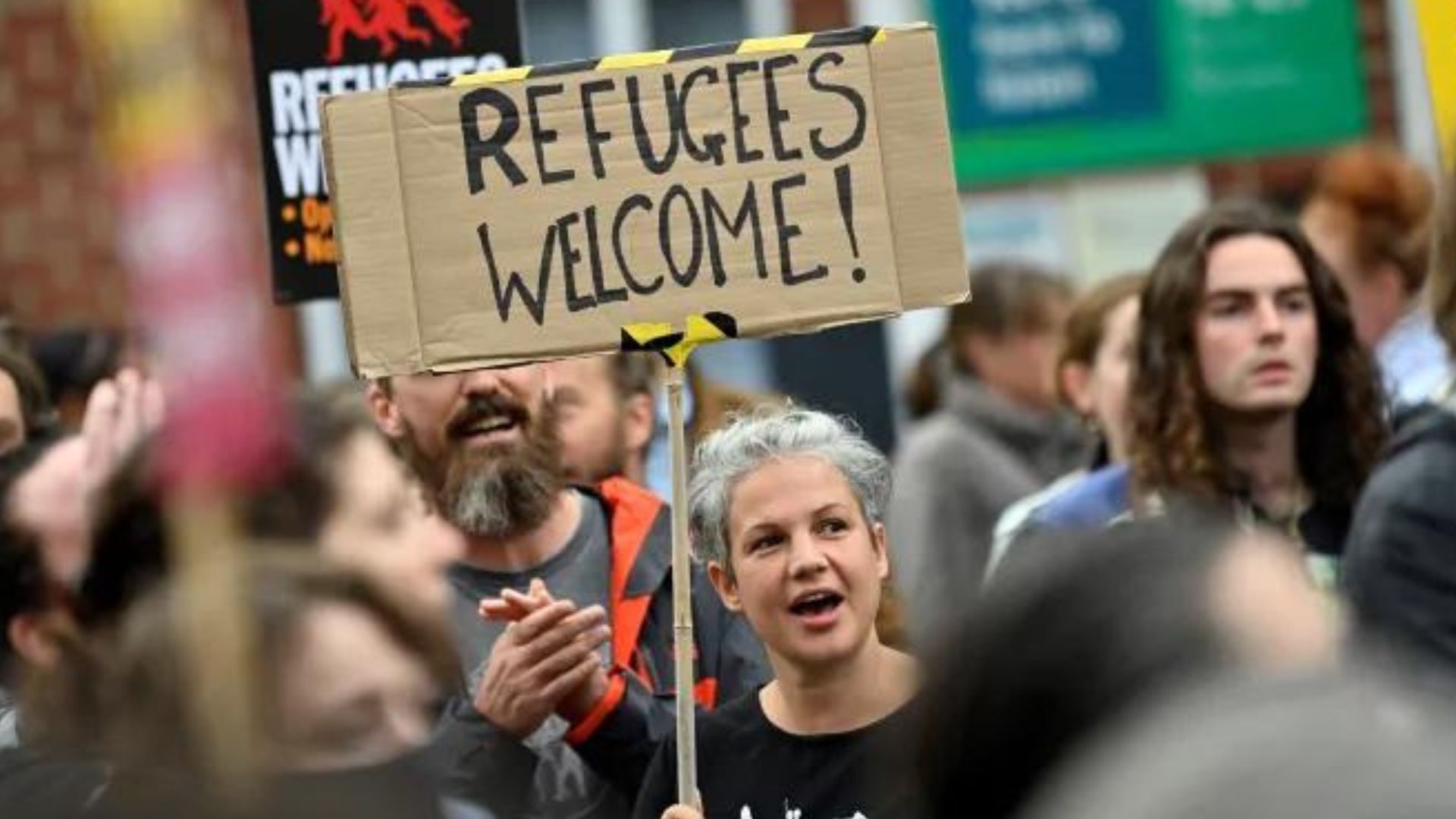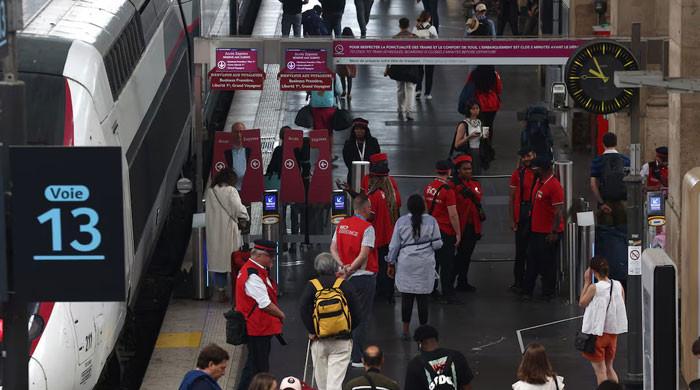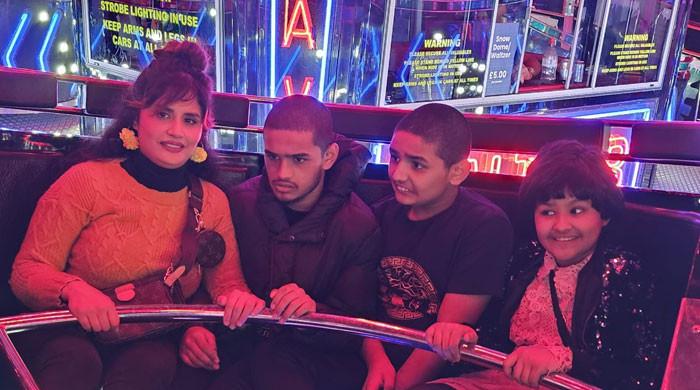Valentina Guaman, 12, raised three fingers in the air and recited an oath in Spanish.
On my honor I will try.
To serve my community and my country.
Helping people at all times.
And live by the Girl Scout Law.
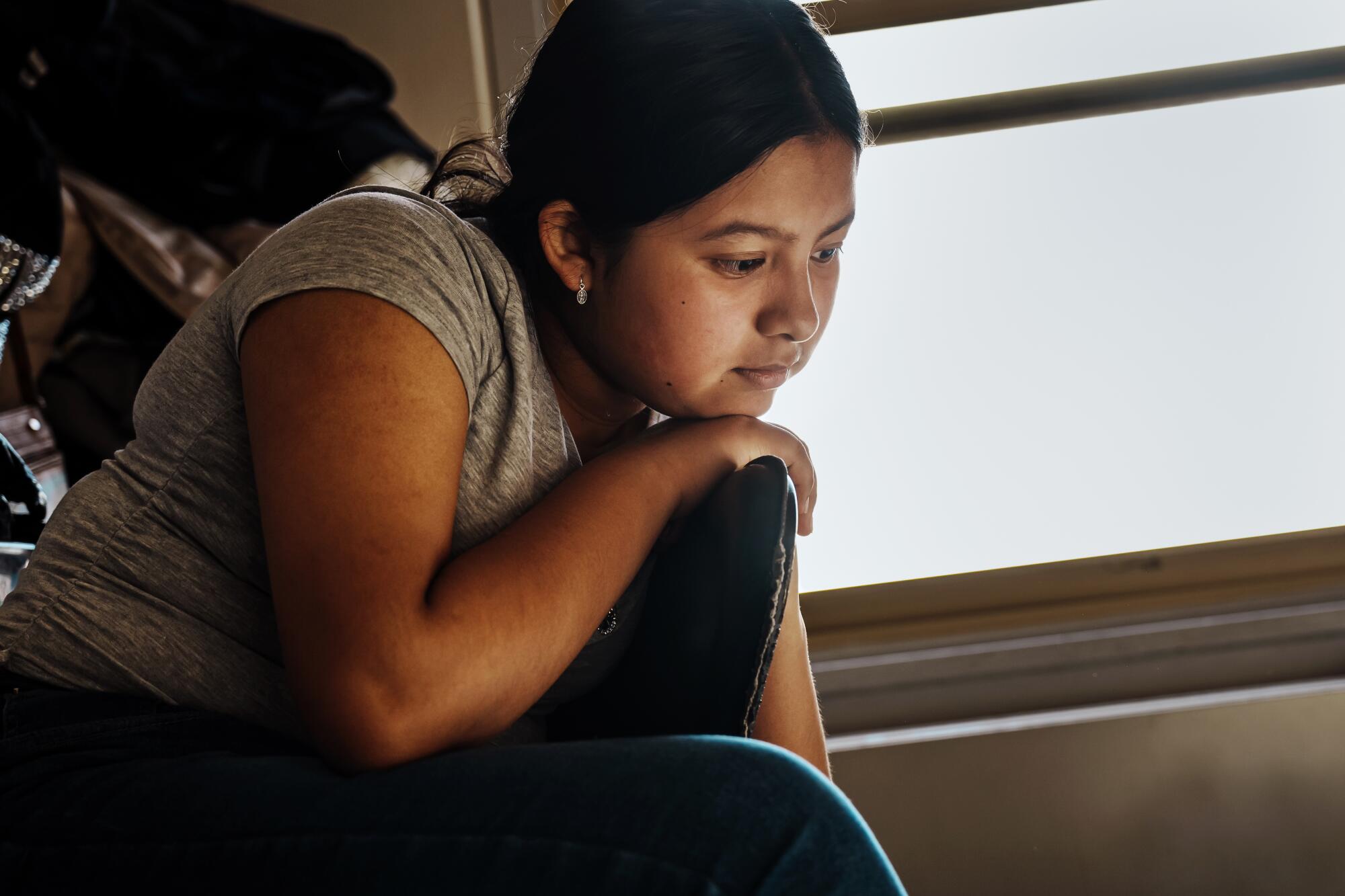
Valentina Guaman, 12, looks at the floor in her family's hotel room.
It had been a year and a half since Valentina and her family fled Ecuador, trekking through a dangerous, muddy jungle to escape South America, dodging authorities in Mexico and spending cold nights detained at the U.S. border, where immigration agents confiscated the beloved stuffed animal, Stitch, that her father gave her for her fifth birthday.
Life in New York City, where the family ended up living, hadn’t been much easier. Her parents struggled to find work and the family shuttled between migrant shelters and slept for a time on the sidewalk in Times Square. Valentina missed her friends, her cats and her two older brothers back home.
But she looked forward to Thursdays, when she and other members of Girl Scout Troop 6000 would get together and, at least for a few hours, could just be girls.
“I feel like it’s my second home,” Valentina said. “And they are my second family.”
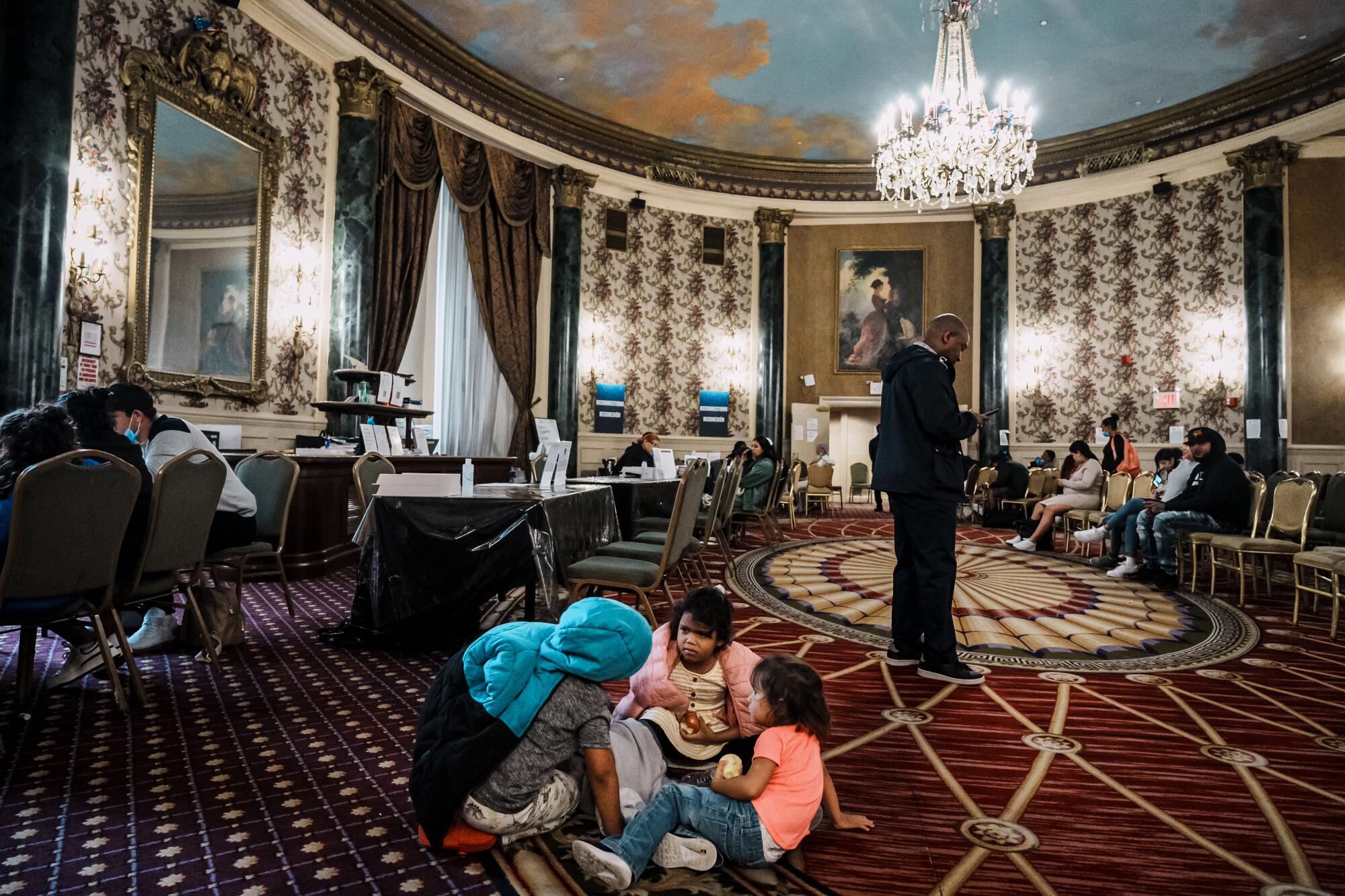
Troop 6000 is unlike any other Girl Scout group in the country.
It was launched in 2017 to serve families living in temporary housing in New York City’s shelter system. Two years ago, the troop expanded to serve girls residing in an emergency migrant shelter opened to help accommodate a large number of asylum seekers arriving in the city.
The troop introduced young immigrant girls to a staple of American childhood, teaching them civics and community service, and the art of selling Samoas, Thin Mints and Tagalongs. And it offered them a refuge in a chaotic metropolis where asylum seekers had become the target of heated political discourse.
More than 200,000 asylum seekers have arrived in New York City since spring 2022. Some arrived on buses sent by Republican leaders in Texas and Arizona. Others traveled on their own, drawn in part by a local policy requiring New York to provide housing for migrants. Some spent their first days or weeks in New York contacting city services at a former hotel converted into a reception and processing center for migrants.
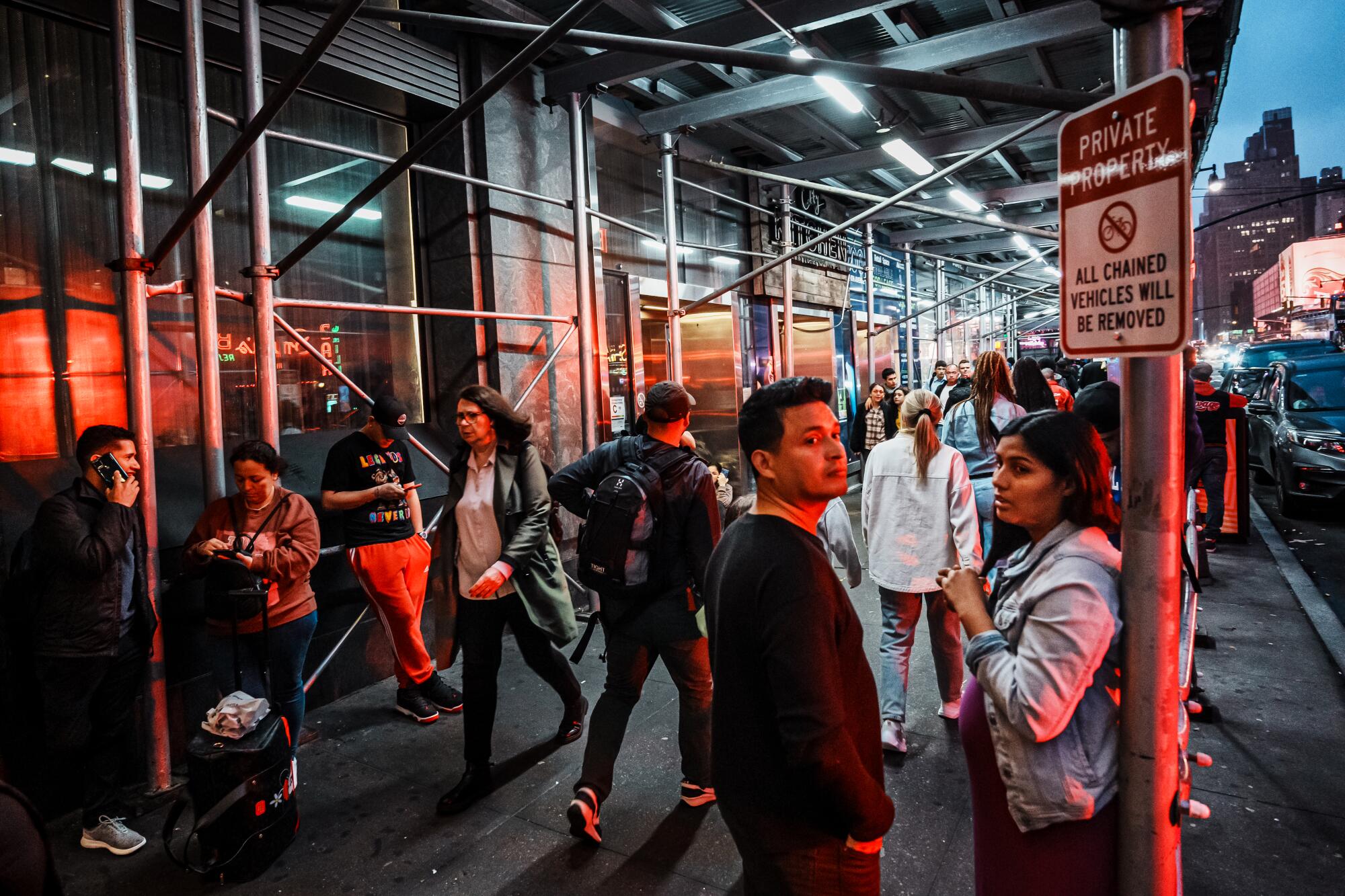
Local officials had complained about the costs of housing asylum seekers, with Mayor Eric Adams saying the cost (about $388 per family per day) could “destroy New York City.”
Where Valentina and her family were staying, on and off for the past year, was a 27-story hotel in bustling Midtown Manhattan that the city rented as a shelter. Her parents didn’t want her out in the elements in one of New York’s most chaotic neighborhoods, so most nights they sat quietly in their respective beds, eating prepared dinners provided by the city and watching the news in Spanish.
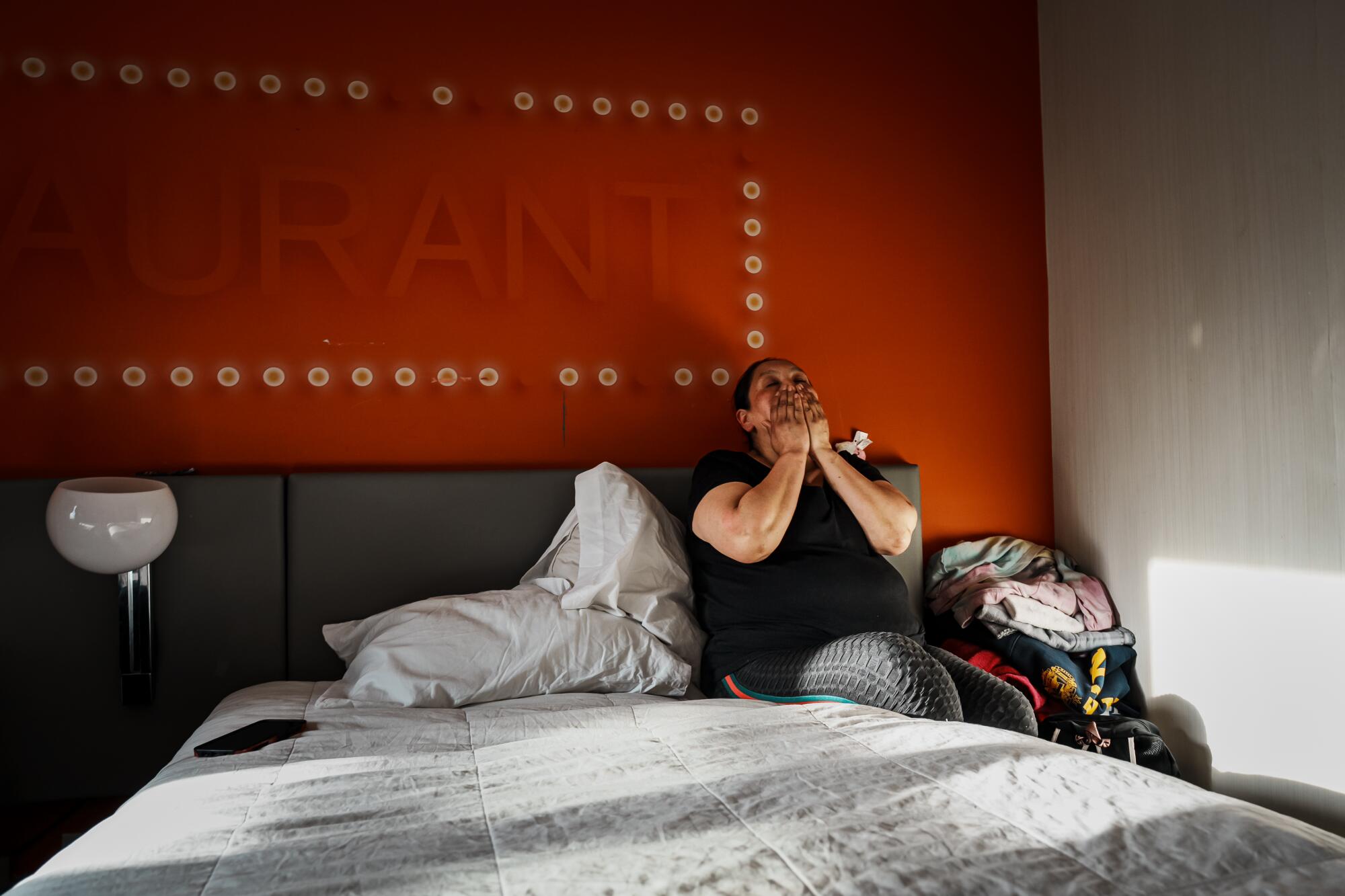
Valentina Guaman's mother, Mirian, sighs as she rests in a room assigned to her family in a Manhattan hotel converted into housing for migrants.
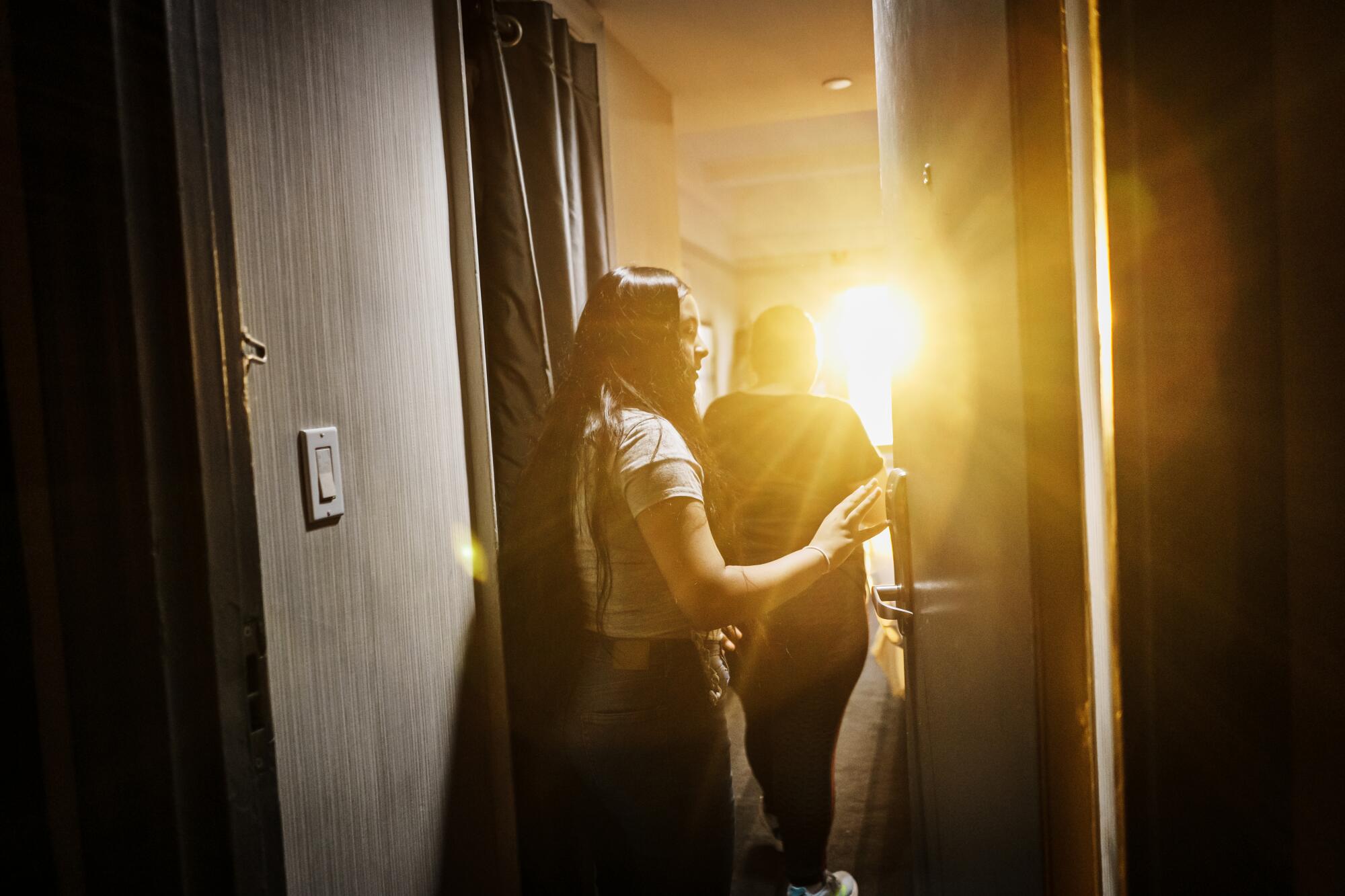
Valentina goes to her family's room More than 200,000 asylum seekers have arrived in New York City since spring 2022.
But Thursdays were different. That was when Valentina would put on a Girl Scout T-shirt and take the elevator down to the ground floor.
“Hello princess“Oh my God!” one of the troop leaders greeted her one night as she walked into a room decorated with colorful posters.
Another leader, Evelyn Santiago, wrapped her in a big hug and led her to a table laden with snacks and art supplies.
The first time Valentina arrived at a meeting, attracted by the promotional posters that the Girl Scout leaders had placed in the hallways of the shelter, she was so shy that she barely spoke.
But that night, Valentina chatted with her friends about school and got talking when the leaders asked the girls how they were feeling, saying she was nervous about upcoming tests. “You’re going to do great,” Santiago assured her.
If there was anyone who knew what Valentina and the other girls were going through, it was Santiago, who was born in Guatemala in the 1970s and emigrated to New York as a child.
““I came here when I was very little, too,” Santiago told the girls. “I remember being laughed at in class. And I remember that feeling of not belonging.”
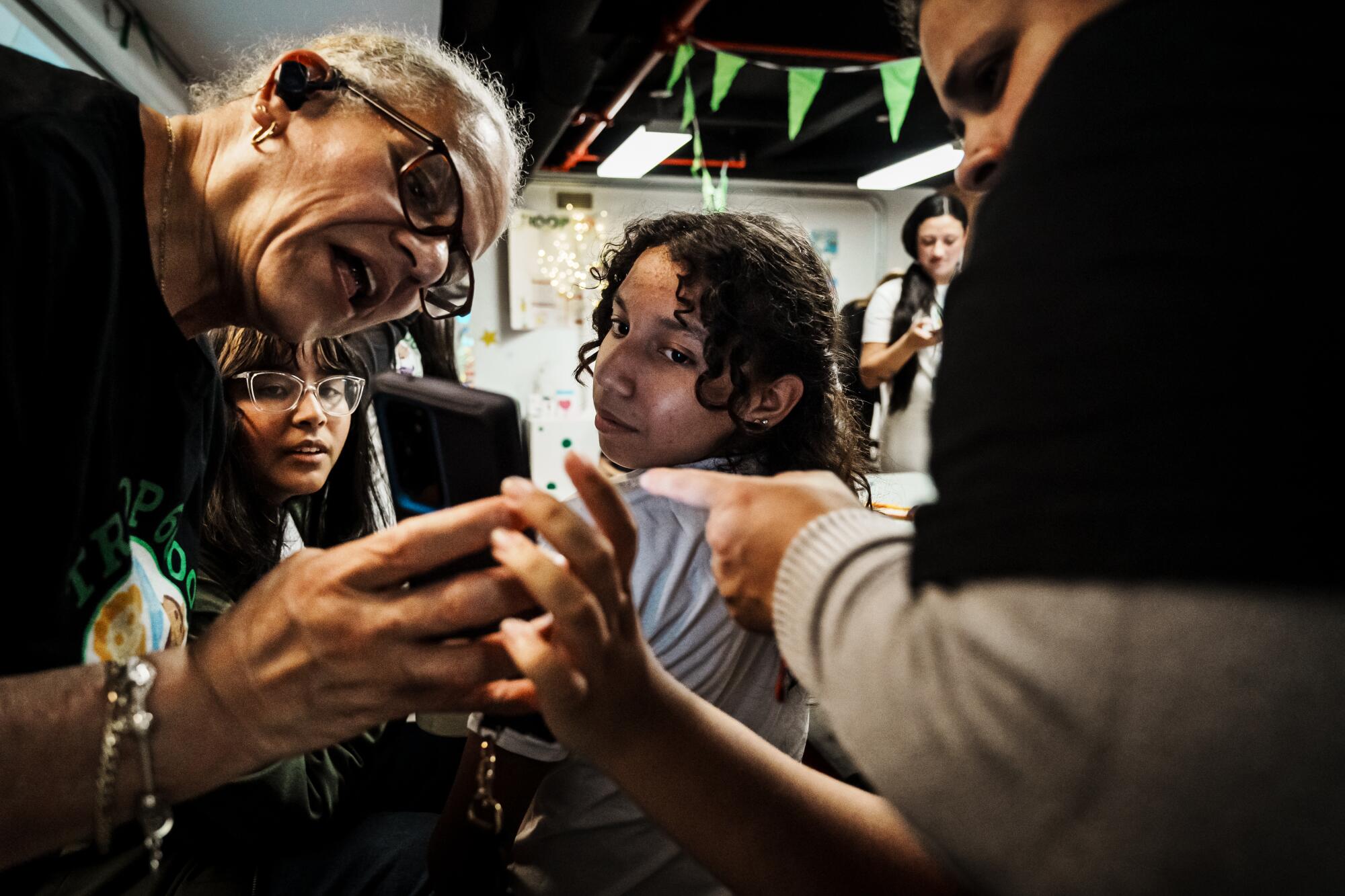
“I want to be here to support them, to let them know that even in this big new world here in New York that seems so scary, we can conquer it with confidence, with character and with courage,” she said.
The Scouts have adapted their traditional curriculum to help young immigrants acclimate to life in New York. The girls earn traditional badges, but also receive training on how to navigate the city's subway system and how local government is organized. Selling boxes of Girl Scout cookies helps them learn math and become familiar with U.S. currency.
The troop has taken field trips to Central Park, the Brooklyn Bridge and a Colombian restaurant in Queens, where the girls sang alongside Shakira. It's not uncommon for the gatherings to end in dance parties.
But sometimes it gets raw.
That afternoon, the leaders were leading the girls through a lesson plan about family. They asked them what kind of activities the girls did with their families in their home countries.
A girl described a Pot ridea walk in Colombia where each member brings a different ingredient to contribute to a barbecue of a large community stew. Another spoke about accompanying her family to church.
But one girl refused to answer, saying it hurt too much to think about her family, which is divided and some members have stayed at home.
“I will cry,” she said.
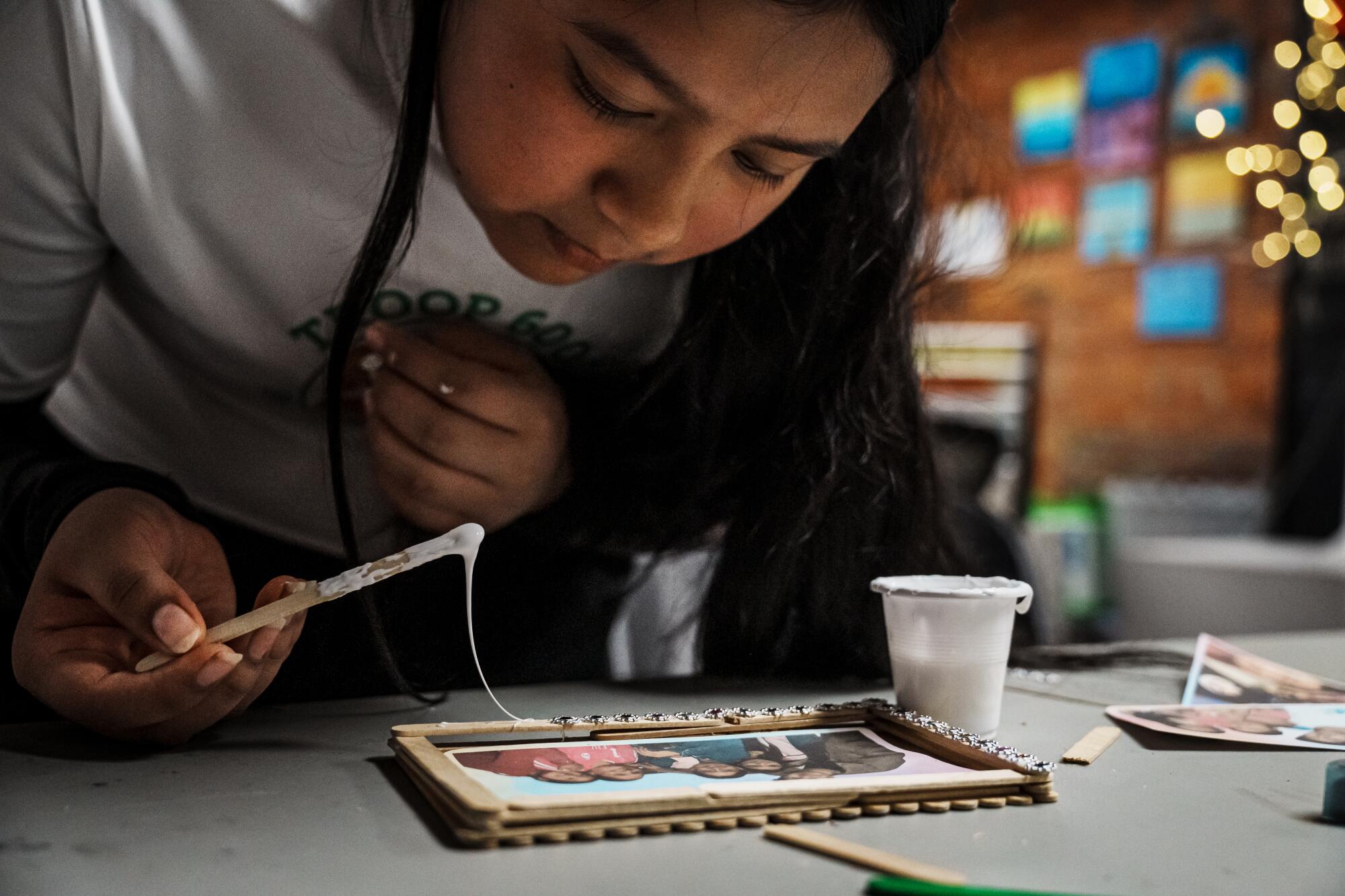
At a Girl Scout meeting in a New York shelter, Valentina Guaman works on an art project with a family photo frame that includes her older siblings, who had to stay in Ecuador.
Minutes later, she shared how she had been separated from her parents for days as they hiked through the Darien Gap, a dense jungle on the border between Colombia and Panama.
This day's craft activity involved popsicle sticks, which the girls glued together to make picture frames.
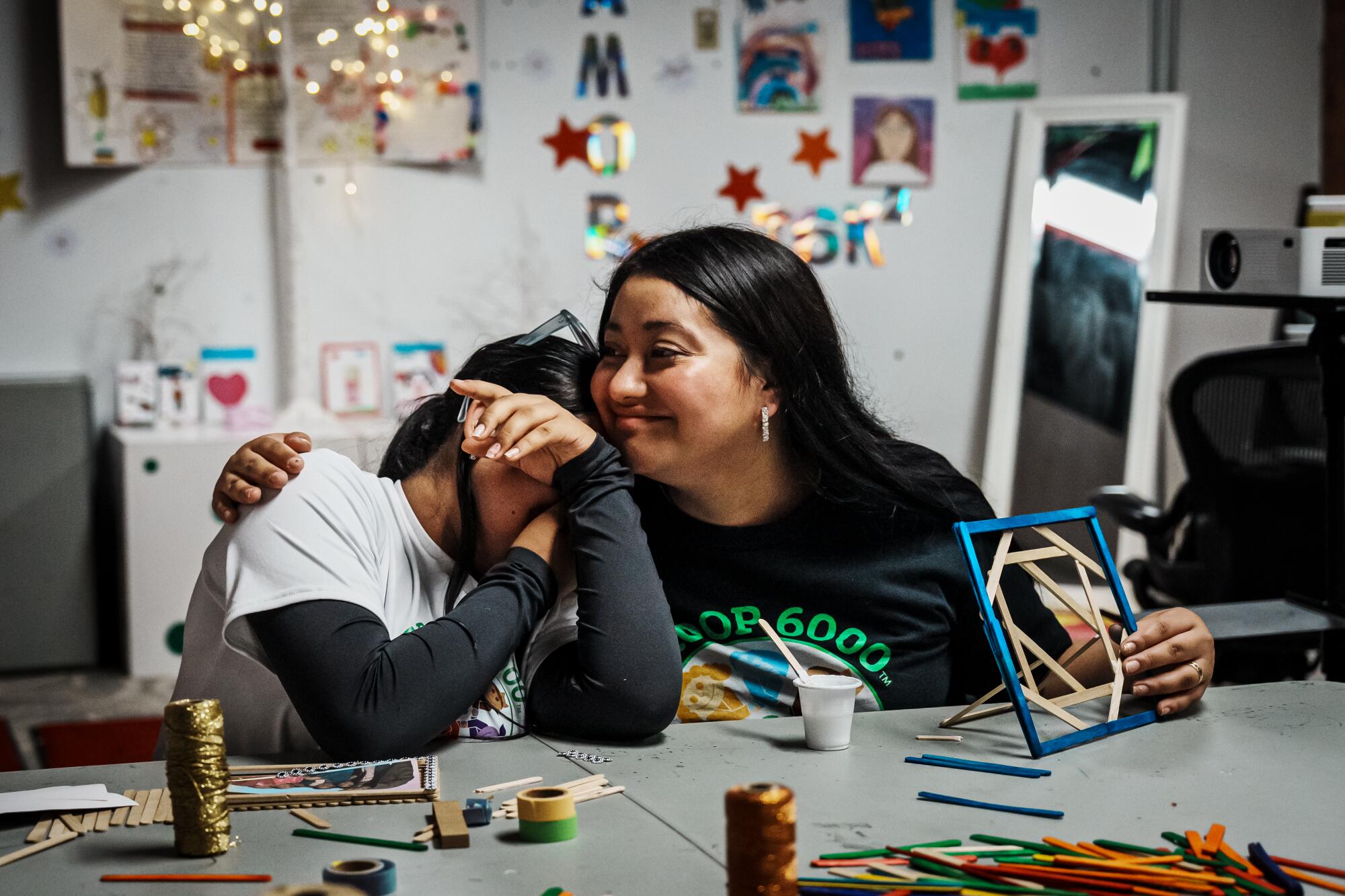
Vanessa Acero, right, hugs Valentina Guaman, who burst into tears as they put together frames for family photos.
Valentina looked at a photograph of her family (her parents, two brothers and herself at a restaurant celebrating her father's birthday a few years ago) and burst into tears.
Her family had never dreamed of leaving their home in Ambato, a town in the highlands of Ecuador. But after gang members began killing people who refused to sell them cocaine in and around the restaurant Valetina’s parents ran, the family sold most of their belongings and fled. They eventually made it to New York, a city they chose because they had heard the city offered free housing to immigrants.
No one wanted to leave her brother and sister behind, but the family didn't have the money to get everyone north. Her parents were still paying off the smugglers who had helped her and her parents get to the United States.
His father, Jose, waited every day outside a Home Depot in Flushing, Queens, looking for work. His mother, Mirian, had recently left an undeclared job at a Queens restaurant that paid just $500 for 84 hours of work each week.
Valentina was enrolled in school and learning English, but at times she felt overwhelmed by the pressure: Her parents frequently remind her that they uprooted their lives and undertook this difficult journey largely for her.
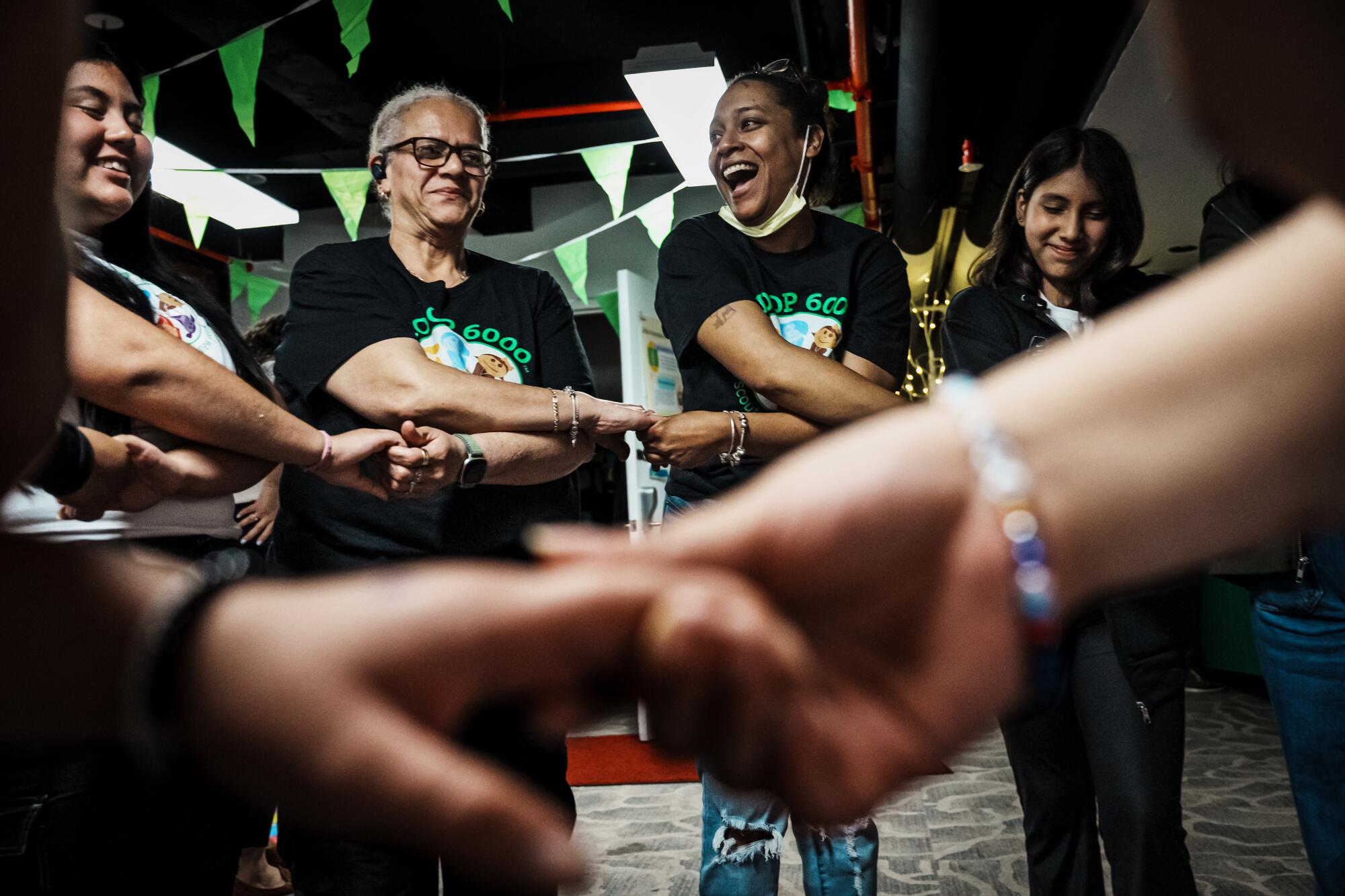
Troop leaders and girls hold hands at the friendship circle that closes Girl Scout meetings. Leaders encouraged girls to make a silent wish.
Santiago approached Valentina, who was wiping tears from her face, and hugged her. “When one of us cries, we all cry,” he said.
“Sometimes when we’re new in a place,” Santiago said, “all we need is a friend.”
When the meeting was over, everyone stood together in what the Girl Scouts describe as a friendship circle. Leaders encouraged the girls to make a silent wish. Valentina squeezed her eyes shut.
Then one of the leaders squeezed the hand of the girl next to him. The next girl did the same. The squeeze continued until they all threw their hands in the air and burst into laughter.
As Valentina was leaving, she told Santiago the sad news. Because of a New York policy that allows migrant families to stay in a shelter for only 60 days, she and her parents would have to leave in a few days.
The shelter was barring entry to people who weren’t staying there, so Valentina could only attend Girl Scout meetings virtually and would miss a planned visit to a sleepover camp upstate.
“Take me with you!” he shouted to Santiago as the troop leader prepared to leave.
Santiago turned to her: “I wish I could do it.”
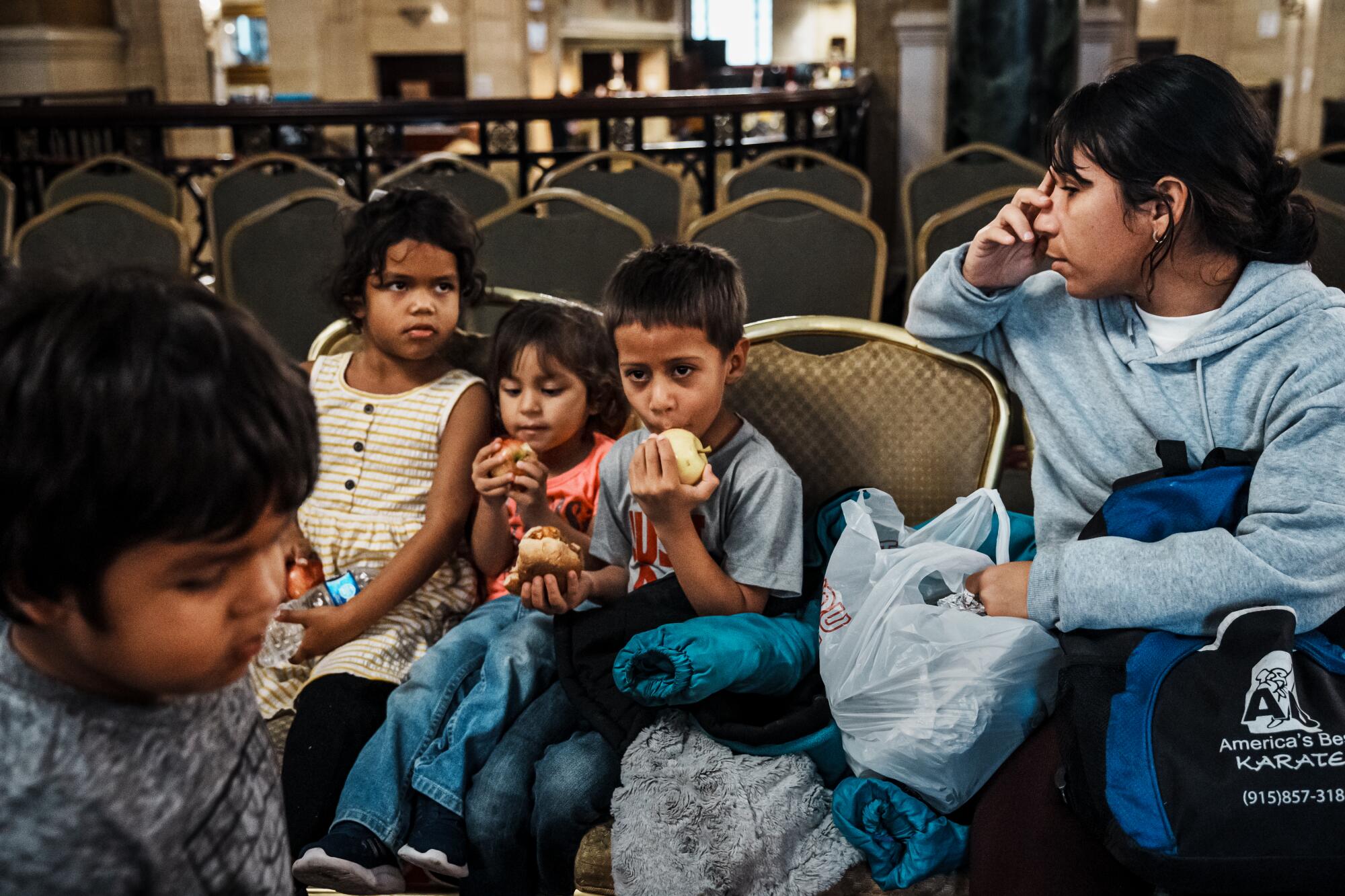
Yaisbert Lopez, 25, from Venezuela, waits to see a social worker in New York with her children, from left: Thoalvys, 4, Rocnielly, 6, Michel, 3, and Abel, 6.

